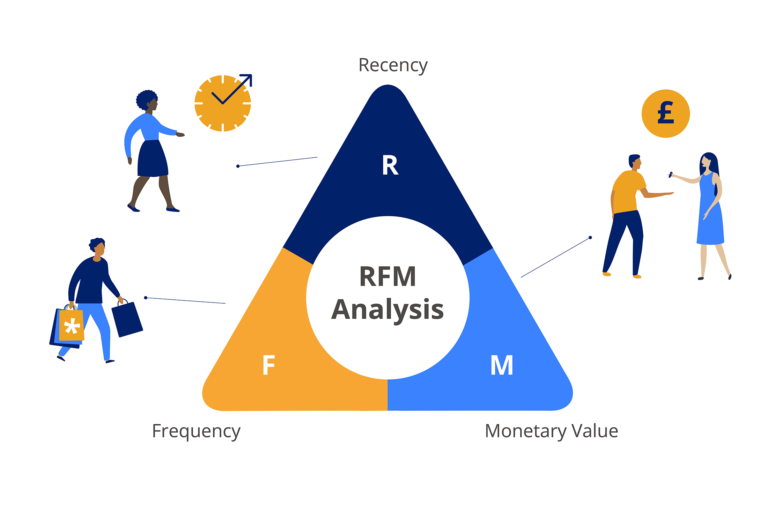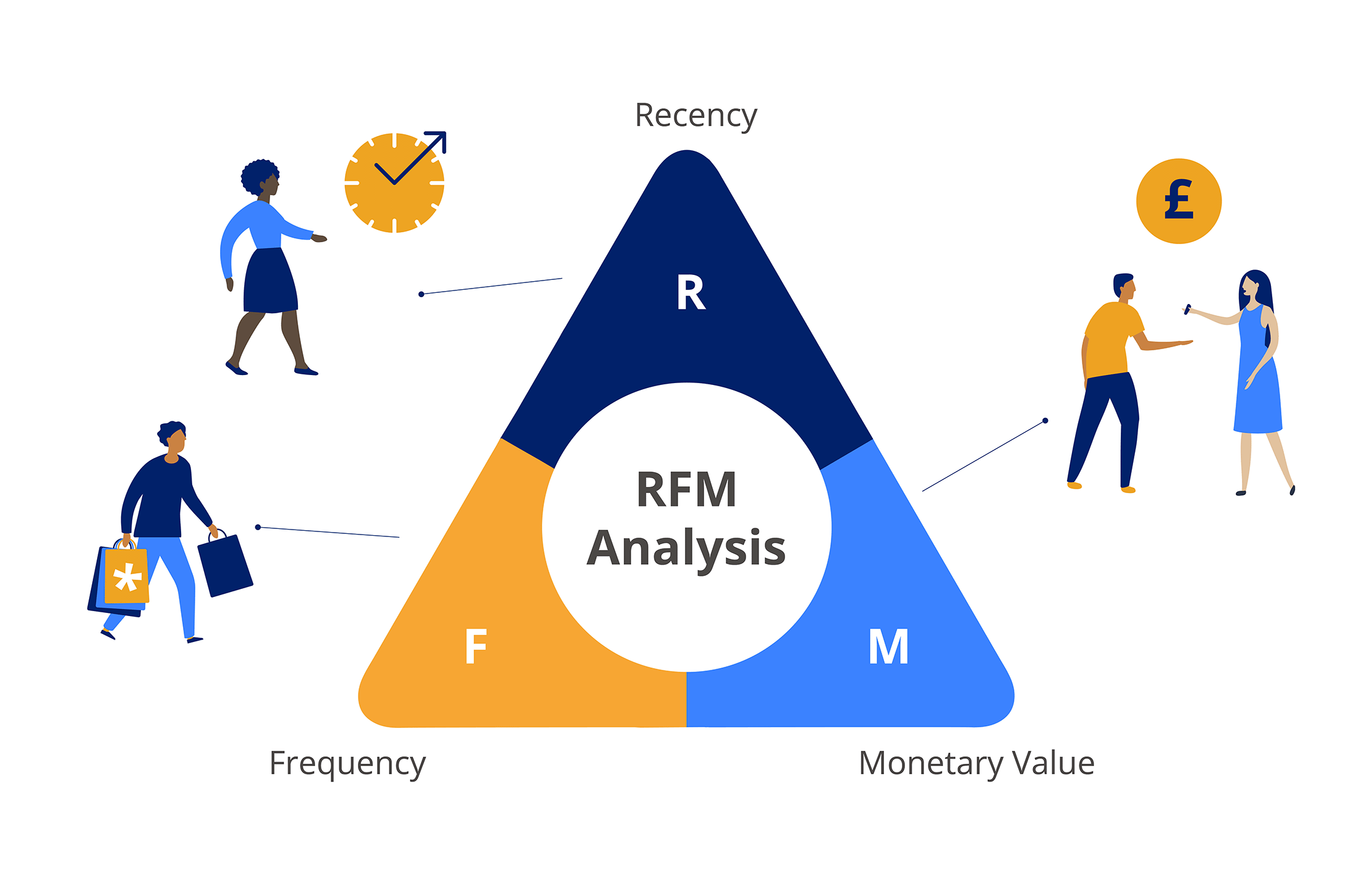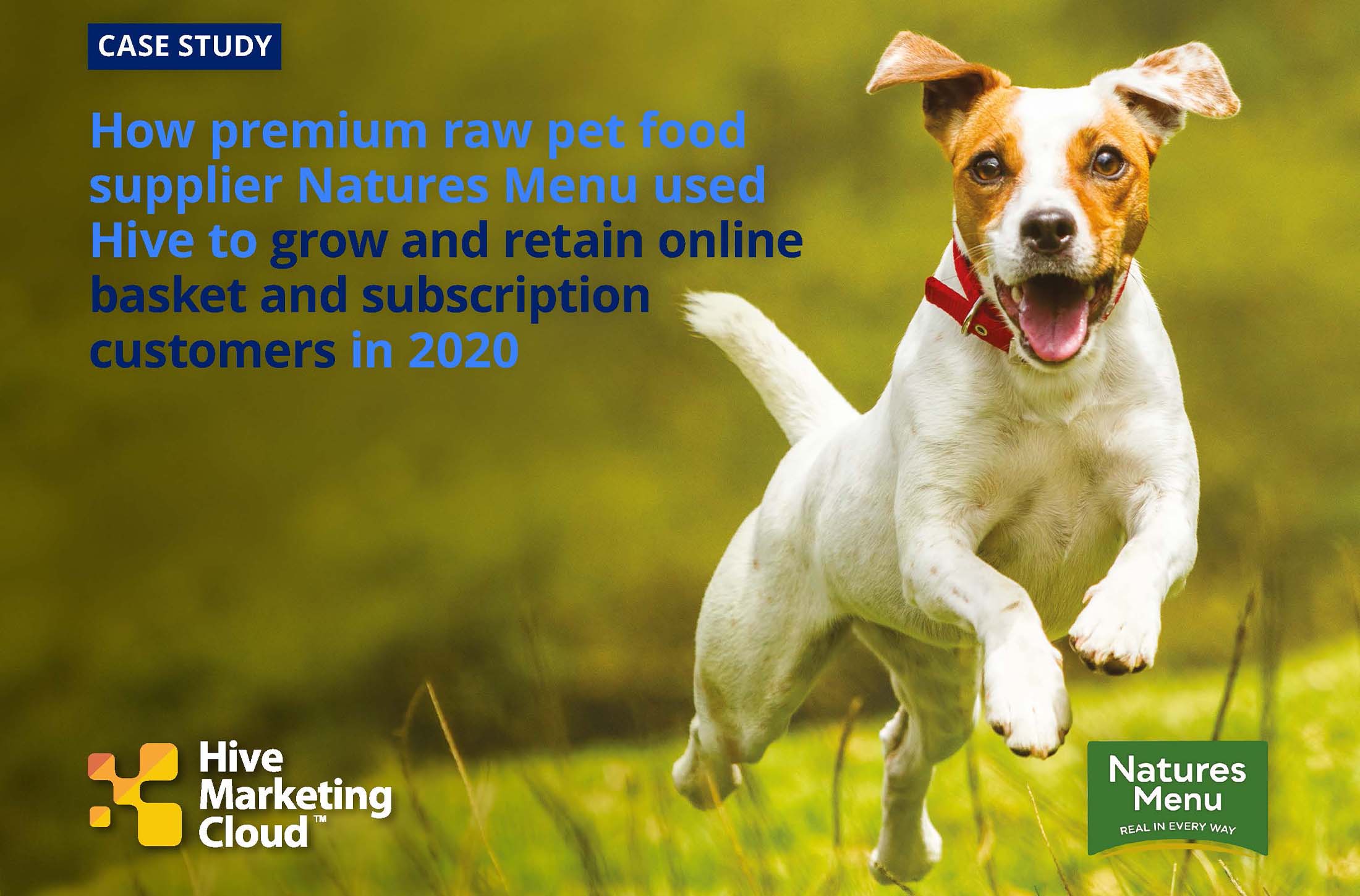What is RFM Analysis?
Are you are trying to measure a customer’s value beyond just their initial acquisition value? Recency, Frequency and Monetary Value (RFM) analysis could be the solution you need to measure the current relationship customers have with your business.

What is RFM analysis?
RFM seeks to understand a customer’s current relationship with your organisation by determining the recency, frequency, and monetary value of the purchases they make with your business. RFM is a key indicator of a customer’s current relationship with you. RFM allows you to assign a score to every record in your customer database, either at a point in time or continuously in a ‘live’ capacity, depending on how you wish to monitor the score.
What’s the difference between Customer Lifetime Value (CLTV) and RFM?
Customer Lifetime Value focuses on the entire duration of a customer’s relationship with your organisation. RFM is different because it is a metric that measures the current, most recent status of the customer’s relationship with your business. CLTV and RFM are key data metrics that are used to support decision-making and measuring marketing performance, as well as supporting you to define segments based on criteria.
Why is RFM analysis helpful?
Knowing a person’s RFM score means that you can assign communications or automation capabilities appropriate to their relationship with you. RFM could, for example, support you in identifying a ‘VIP’ segment that you may wish to treat differently to a low-value customer segment, as the score identifies who your best, and worst, customers are. With this information, you can ensure that your VIP customers stay VIPs by providing them with early release stock or products they can’t get as part of the wider mailing list. On the other hand, you could attempt to prevent customer churn and increase the length of a customer relationship with your organisation by sharing promotional offers with customers who have a low RFM score. After all, in the context of marketing data, ‘worst’ customers merely represent a marketing opportunity.
To sum up
RFM analysis is a way of measuring the current relationship a customer has with your business against a number of defined parameters. You can use it to direct your marketing in given segments to your better advantage, in addition to using it to measure performance over time. It is definitely a metric you should start measuring if you haven’t already. If you are interested in finding out how RFM can help your business specifically, don’t hesitate to contact us.















